
2022/8/18 · 3. O (N + M) time, O (1) space. Explanation: The first loop is O (N) and the second loop is O (M). Since N and M are independent variables, so we can’t say which one is the leading term. Therefore Time complexity of the given problem will be O (N+M). 2.

2022/4/4 · In this article, we will discuss the time and space complexity of some C++ STL classes. C++ has a low execution time as compared to other programming languages. This makes STL in C++ advantageous and powerful. The thing that makes STL powerful is that it contains a vast variety of classes that are implementations of popular and standard
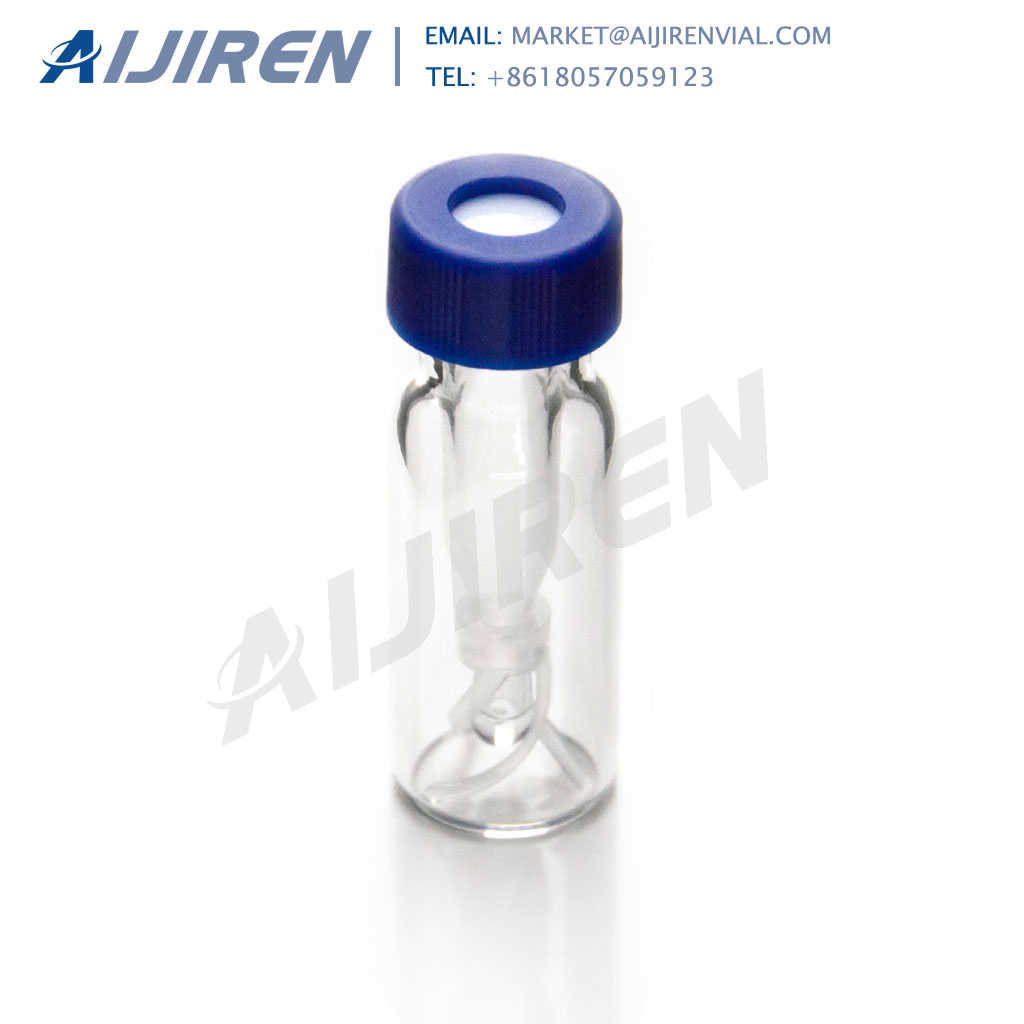
1. All listed operations show and compare both Min Heap and Max Heap. 2. Space Complexity for all listed Operations will remain O (1) and if isn't it will be mentioned. ... 3. Every logN you see here is log 2 N, because, In Heap number of nodes after every level increases with the power of 2.
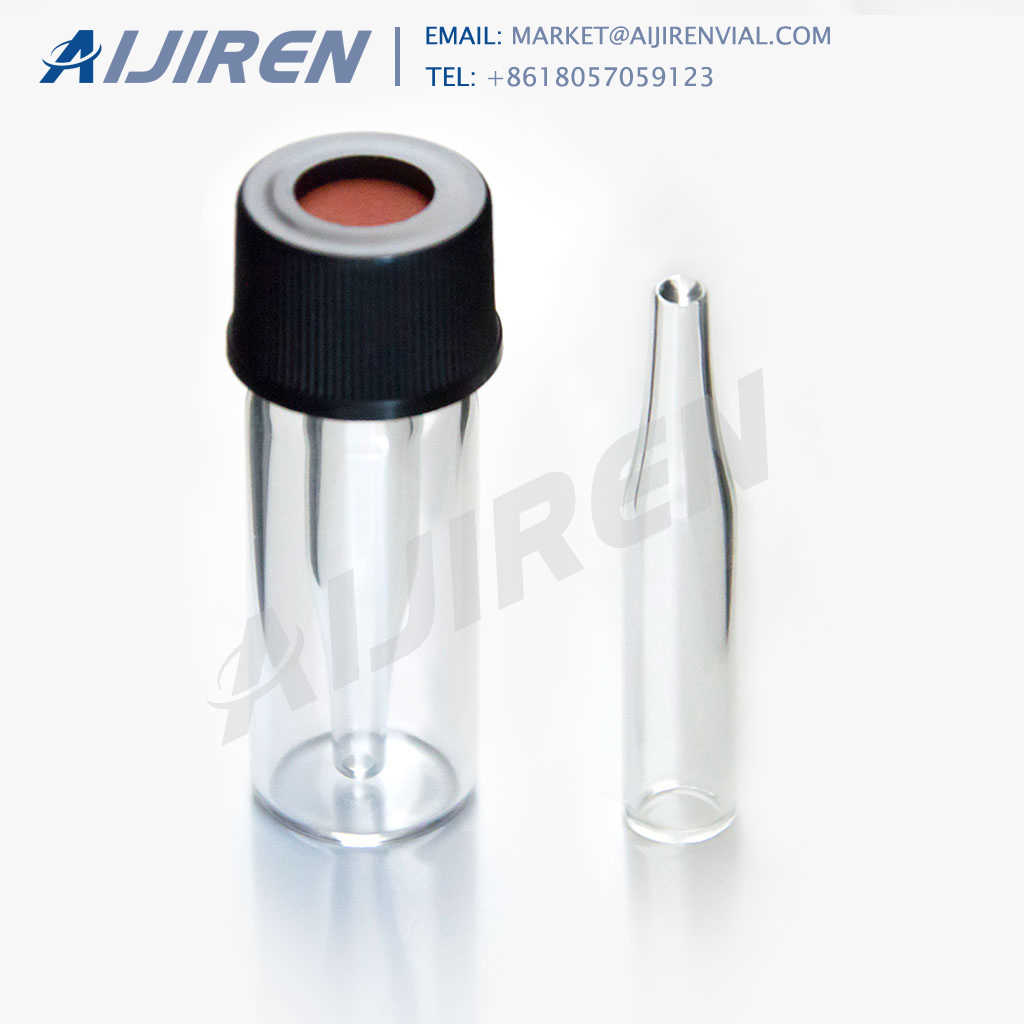
Laboratory analytical 250ul spring bottom vial insert for vials. J.G. Finneran Associates 250uL Glass Big Mouth Insert 4025BS-629. J.G. Finneran Associates authorized distributor . ☎ (800) 970-3646 Mon-Fri 8.00-17.00 ET or order online 24/7 J.G. Finneran Associates, 4025BS-629 – 250uL Glass Big Mouth Insert Volume: 250 uL, Vial Type: with

250ul insert, polypropylene 100/PK Part Code: AGI Pack Size: Each 250ul insert, polypropylene 100/PK quantity Add to Quote Add To Quote Click here to view Items in your quote cart Part Code: AGI Categories: , , Vials, Caps Brand

complexity of set::insert. I have read that insert operation in a set takes only log (n) time. How is that possible? To insert, first we have find the location in the sorted array where the new element must sit. Using binary search it takes log (n). Then to insert in that location, all the elements succeeding it should be shifted one place to

2021/2/23 · Get code examples like"c++ vector insert time complexity". Write more code and save time using our ready-made code examples.

2019/3/4 · In computer science, the time complexity is the computational complexity that describes the amount of time it takes to run an algorithm. Time complexity is commonly estimated by counting the number of elementary operations performed by the algorithm, supposing that each elementary operation takes a fixed amount of time to perform.
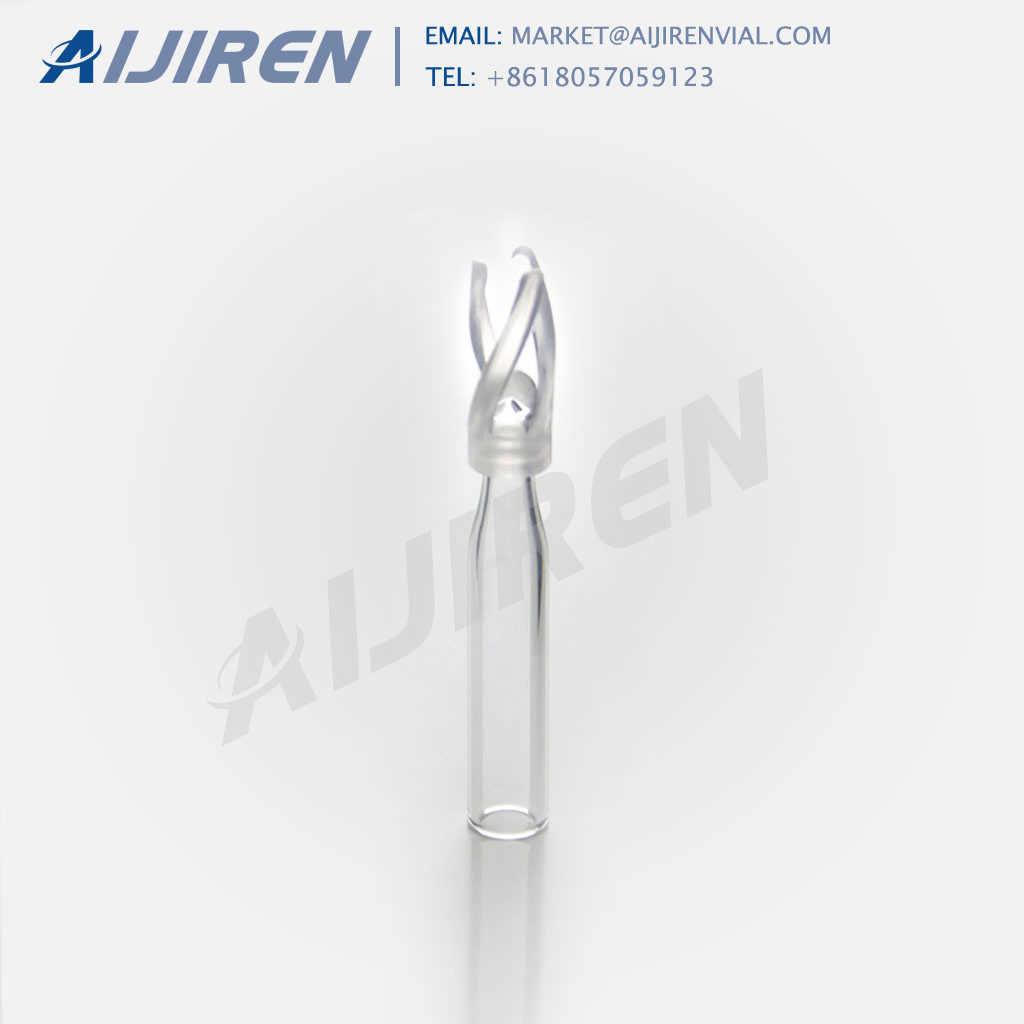
In the worst case, the 1st way would take 1000 guesses before we get the correct number ( if the number is 1000 ), while the 2nd way would only take 10 guesses in the worst case ( this is because at every guess we discard one of the halves). Later you would see that the time complexity of the first way is O (n) and that of the second way is O
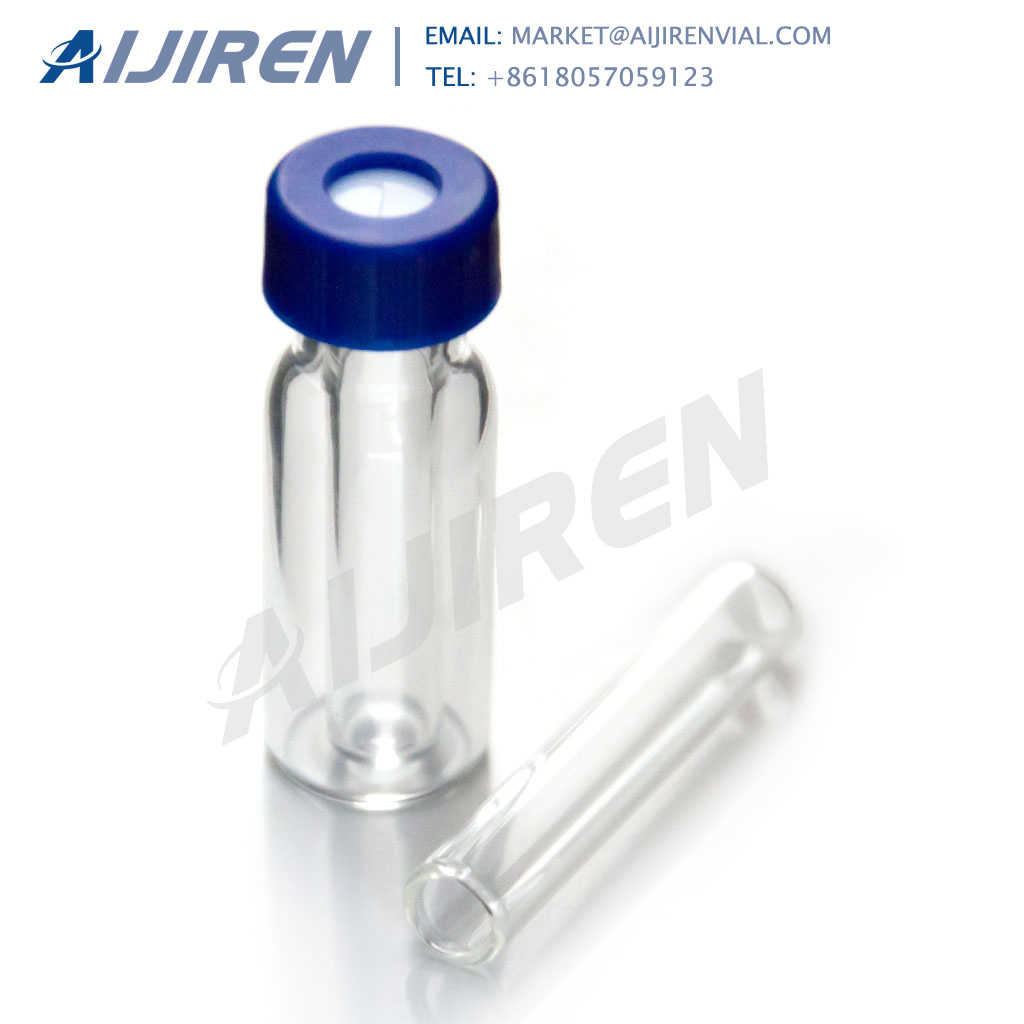
Amazon 250ul 2ml vial inserts distributor-HPLC Vial Inserts Conical 250ul micro insert vial price Aijiren-Aijiren Vials . Vials Cap Septa for GC HPLC Our product range includes a wide range of hplc solvent inlet filter, inlet filters, debubbler, 2ml amber sample screw vials, 250ul conical micro-insert, vial micro-insert and 1.5ml clear screw neck vial w/write-on spot.

250ul insert, polypropylene w/grad 100pk. Add to Favorites. List Price: $37.60 /100 Pack.

In this article, we have presented the Time Complexity analysis of different operations in Array. It clears several misconceptions such that Time Complexity to access i-th element takes O (1) time but in reality, it takes O (√N) time. We have presented space complexity of array operations as well. Let us get started with the Complexity
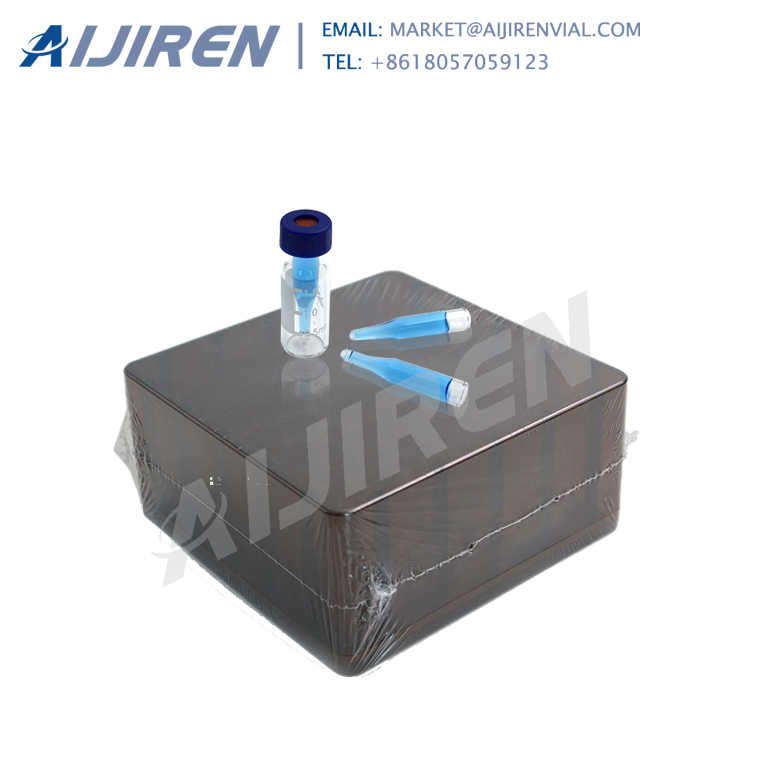
2019/9/9 · Time complexity of find () in std::vector, std::map and std::unordered_map. The time complexity to find an element in `std::vector` by linear search is O (N). It is O (log N) for `std::map` and O (1) for `std::unordered_map`. However, the complexity notation ignores constant factors. Different containers have various traversal overheads to find
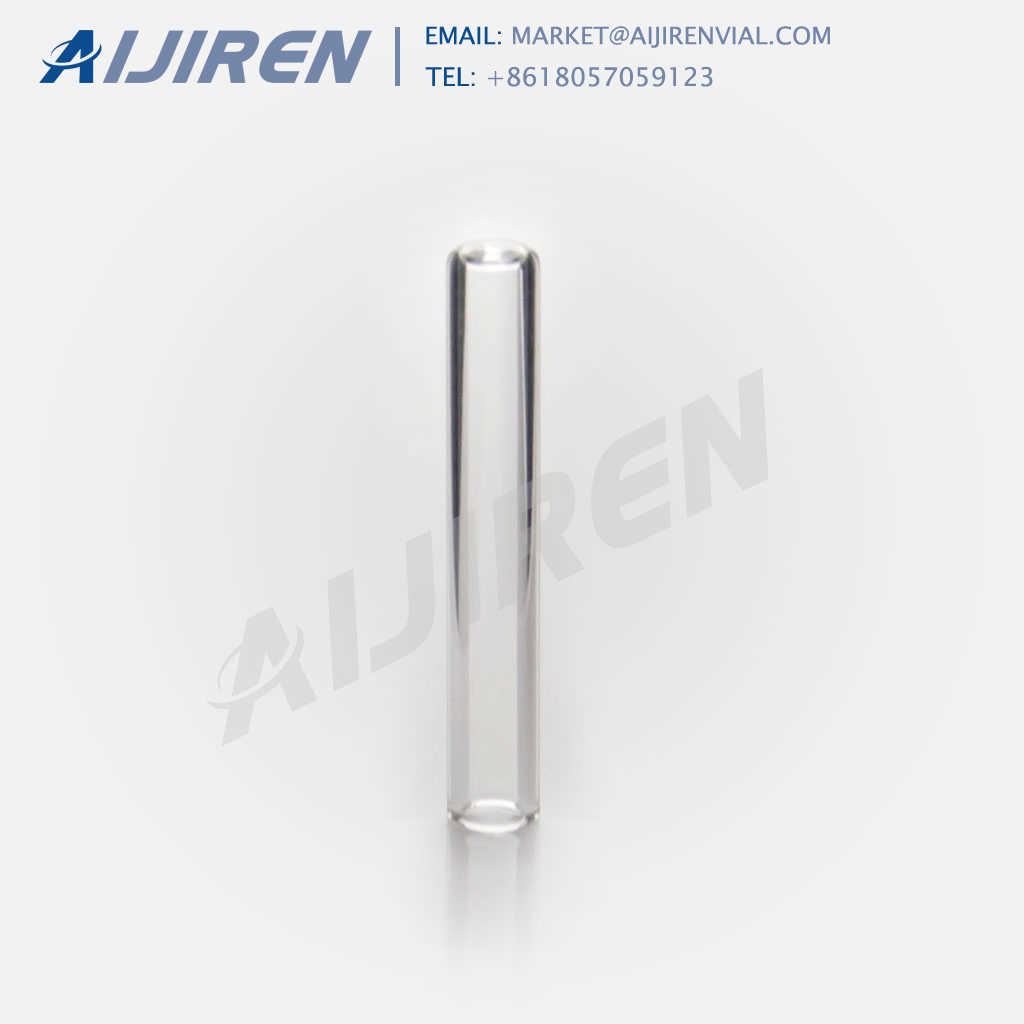
2021/8/25 · We’ll also present the time complexity analysis of the insertion process. 2. Insertion Algorithm. Let’s first see the insertion algorithm in a heap then we’ll discuss the steps in detail: Our input consists of an array , the size of the heap , and the new node that we want to insert. We use to denote the parent node.